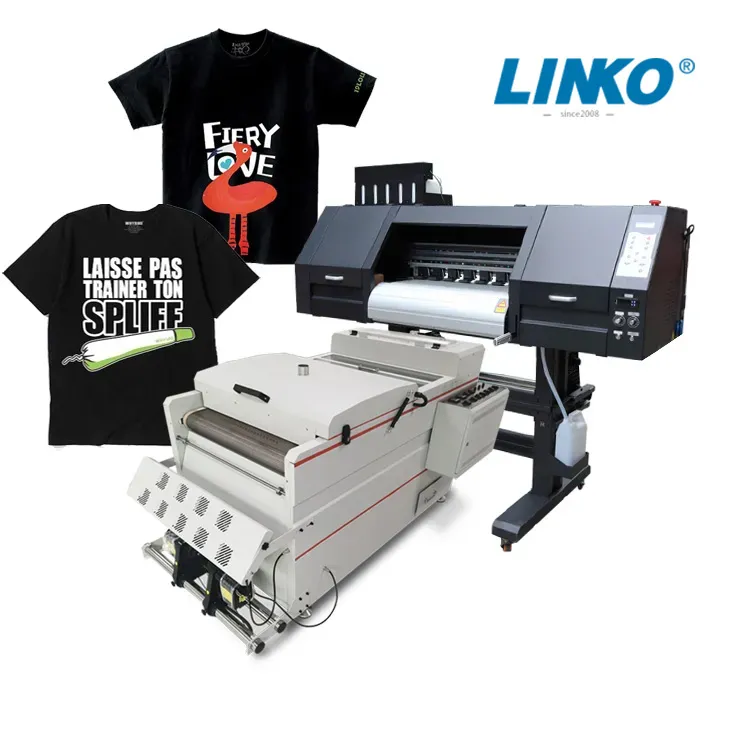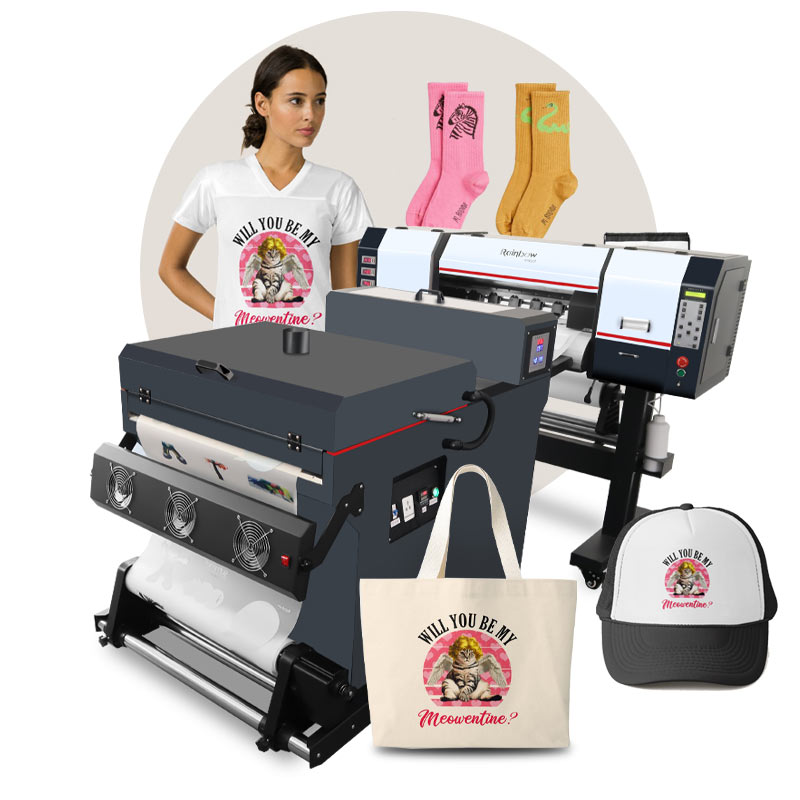DTF Printing Revolution: Unleashing Creativity in Textile Design and Production
DTF Printing Revolution: Unleashing Creativity in Textile Design and Production
Blog Article
Grasping DTF Printing: Idea for Achieving Vibrant and Long Lasting Prints
In the world of textile printing, achieving sturdy and vibrant prints is a sought after skill that can raise the high quality of your outcome. From choosing the ideal products to adjust print setups and developing post-printing ending up strategies, there are countless variables that can affect the end result of your prints.

DTF Printing Essentials
For those brand-new to the globe of fabric printing, understanding the basics of DTF printing is necessary to grasping this innovative strategy. Straight to Movie (DTF) printing is a modern-day method that involves moving styles from a special movie onto various fabrics utilizing a heat press. Unlike traditional methods like display printing, DTF supplies benefits such as vibrant shades, complex detailing, and the capacity to print on diverse products like cotton, polyester, and blends.
The process starts by printing the layout on a special DTF movie utilizing a compatible printer with CMYK or CMYKW ink collections. Once the layout is printed, it is after that treated with a warmth press to produce a lasting and durable print. DTF printing is known for its ability to duplicate complicated layouts with high precision and shade accuracy, making it a prominent choice for services looking to produce custom clothing, advertising items, and extra.
Choosing the Right Products

The adhesive powder acts as a bonding representative between the printed layout and the material, so it must have solid bond homes to ensure a lasting and durable transfer. By meticulously picking the best products for DTF printing, printers can improve the quality, vibrancy, and durability of their prints.
Optimizing Publish Settings
When intending to achieve the best results in DTF printing, thorough focus to optimizing print settings is important for making certain top notch and specific transfers onto fabrics. One key element to think about when enhancing print setups is the resolution.
An additional vital setup to maximize is the print rate. Locating the right balance in between rate and top quality is essential. While increasing the speed can boost performance, it might endanger the last print's quality and shade saturation. Try out different speeds and observing the results can help determine the optimal setup for each and every print work - DTF Printing.
Furthermore, tweak color accounts and making certain appropriate color management are important for achieving constant and accurate shades across different prints. By adjusting color setups and accounts, printers can reduce shade variances and create consistent outcomes, enhancing the total print high quality and customer satisfaction.
Preparing Art Work for DTF Printing
Convert the artwork to CMYK color setting to More Bonuses make certain that the colors translate precisely from display to print. Bear in mind to mirror the last design before publishing to make certain that it moves appropriately onto the garment. By following these steps and paying close attention to the details, you can prepare artwork that is enhanced for lively and sturdy DTF prints.
Post-Printing Finishing Techniques
Implementing effective post-printing completing methods is vital to boosting the durability and visual appeal of DTF prints on fabrics. As soon as the printing procedure is full, using warmth to the published style is necessary (DTF Printing). Warm not just aids in treating the ink however also guarantees that the colors are vibrant and lasting. A warmth press equipment set at the recommended temperature level and discover this info here stress settings can assist achieve optimum results.
After heat pressing, peeling off the animal movie meticulously is a critical action. This process needs to be done gradually and progressively to prevent any kind of damage to the print. As soon as the film is removed, the print might require added curing time to better set the ink right into the material. This step assists enhance the washability and toughness of the print, guaranteeing it can withstand numerous wash cycles without fading or fracturing.
Additionally, trimming any kind of excess film around the style can offer the last print a specialist and clean look. Taking the time to correctly end up DTF prints post-printing can significantly affect the general top quality and longevity of the textile style.

Conclusion
Finally, understanding DTF printing calls for a comprehensive understanding of the fundamentals, picking ideal materials, optimizing print settings, preparing artwork successfully, and making use of post-printing ending up techniques. By following these techniques and ideas, one can attain resilient and dynamic prints that satisfy their preferred high quality requirements. Constant method and interest to detail are necessary in attaining effective results in DTF printing.
From choosing the ideal materials to tweak print settings and refining post-printing finishing techniques, there are numerous factors that can affect the end result of your prints. Unlike standard techniques like screen printing, DTF provides advantages such as vivid shades, complex outlining, and the ability to print on diverse products like cotton, polyester, and blends.
Once the design is published, it is after that treated with a warm press to develop a resilient and resilient find more print.When intending to attain the finest results in DTF printing, thorough focus to enhancing print settings is critical for making certain exact and premium transfers onto fabrics.In final thought, understanding DTF printing needs a comprehensive understanding of the basics, choosing suitable products, optimizing print setups, preparing artwork properly, and using post-printing finishing methods.
Report this page